Coffee beans are light, moderate and deep roasting flavors. Taste distinguishes where the sweet and sour feelings in coffee beans come from.
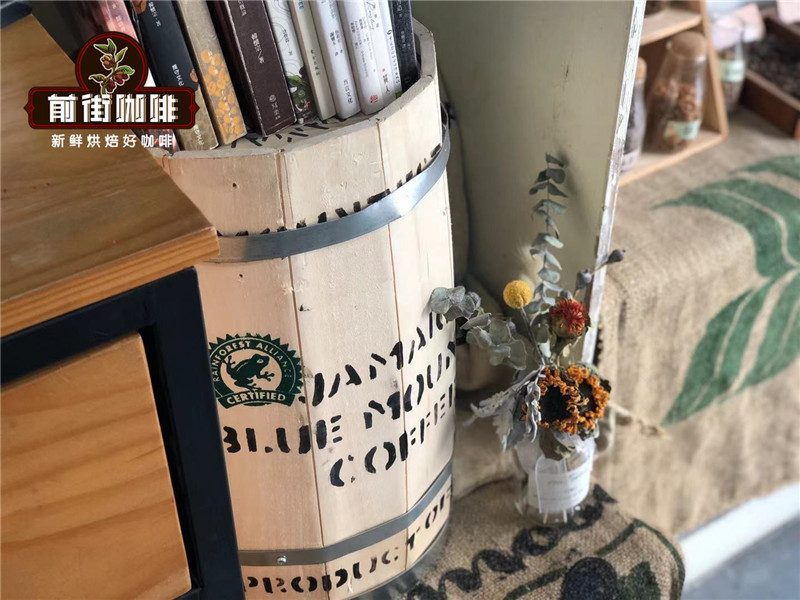
Professional coffee knowledge exchange more coffee bean information please follow the coffee workshop (Wechat official account cafe_style)
Qianjie believes that among the factors that affect the taste of a cup of coffee, raw beans account for 60%, roasting accounts for 30%, and extraction accounts for 10%. Good baking can maximize the personality of raw beans and minimize the occurrence of defective taste, while improper baking will completely destroy good beans. As the heating, time, and temperature control in the baking process is very difficult to grasp, baking technology is a very complex technology, so the importance of baking is more prominent. Qianjie will also popularize some coffee knowledge when introducing the flavor of different coffee beans to customers. Many people are concerned about the degree of roasting, and what is the difference between deep roasting and moderate roasting. Today, Qianjie Coffee will analyze this problem.
Why roast coffee beans?
After a variety of treatments, the coffee fruit is tantamount to taking off layers of coats to form what we know as coffee raw beans, which have to be roasted at high temperature, that is, what we call roasting. Stimulate its aroma and a variety of sweet and sour taste, and finally reach our hands. To stimulate the production of various ingredients of raw coffee beans is actually a series of chemical reactions.
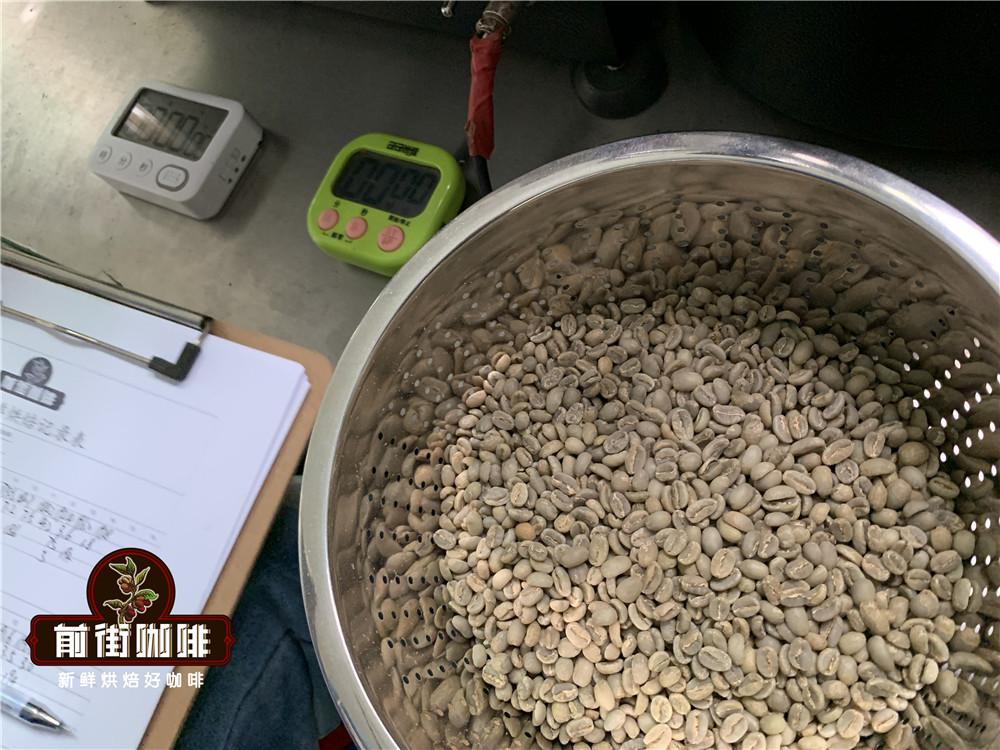
As a result of these chemical reactions, aroma, sour taste, sweetness and bitterness are produced one after another, and the proportion of each component is different, which directly leads to the different flavor of the final coffee bean. The main chemical reactions in the baking process are Mena reaction and caramelization reaction.
[Mena reaction]
Mena reaction is the key to affect the flavor and color of coffee beans. At 150-200 ℃, carbonyl groups (from sugars) and amino groups (from amino acids and proteins) react to form flavor compounds. Hundreds of flavor compounds formed by Mena reaction come together to form the unique flavor of coffee beans.
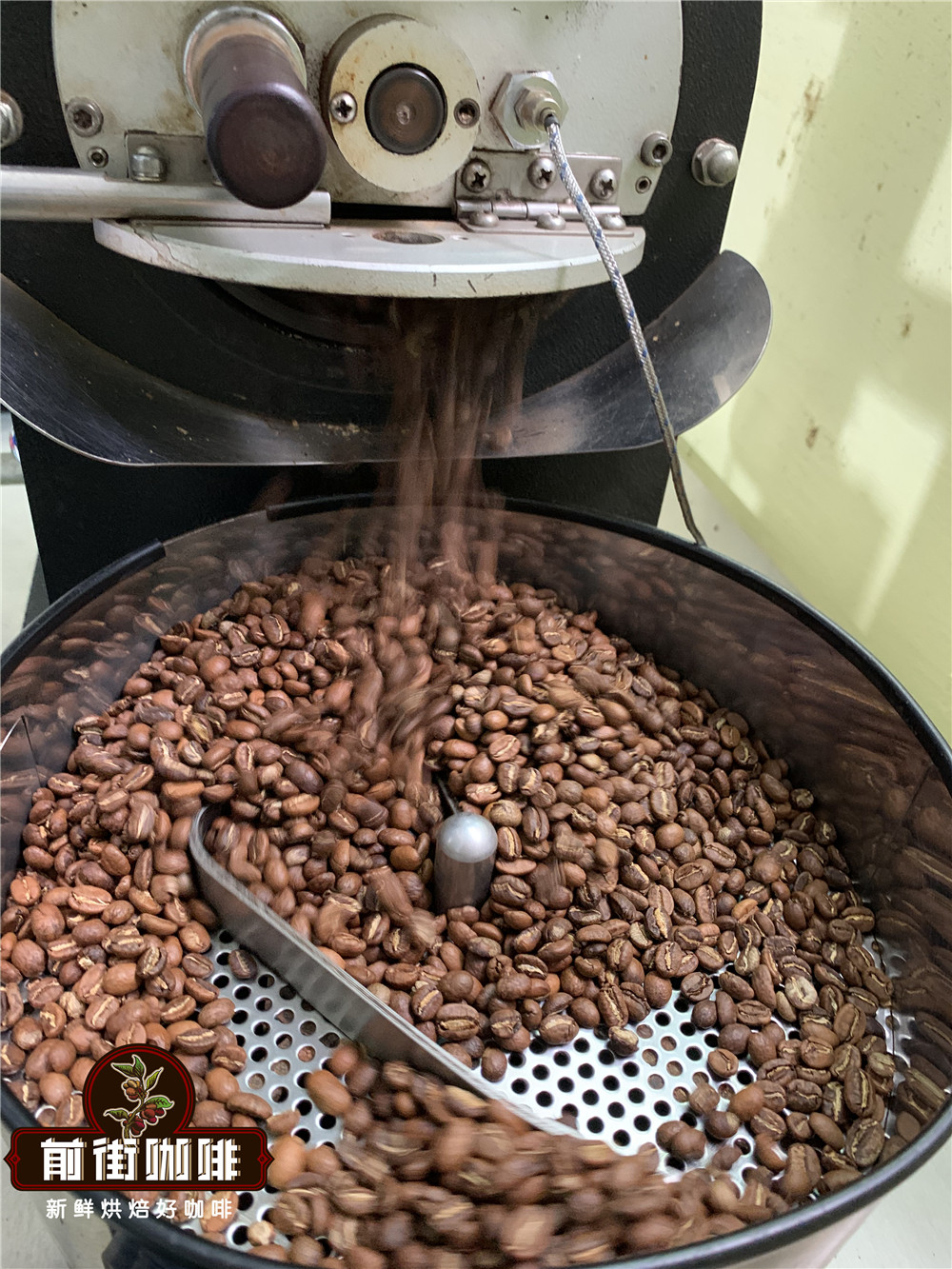
[caramelization]
Starting from 170-200 °C, the carbohydrates in coffee beans begin to undergo caramelization, dehydration and degradation, and browning, which darkens the color of coffee beans and releases aromatic and acidic compounds.
It can be seen that the aroma formation and color change of coffee beans are inseparable from Mena reaction and caramelization reaction. So it was just mentioned in front of the street that raw beans account for 60% of a cup of coffee, and roasting accounts for 30%. After all, the quality of beans is not good, nor is baking, so there is no need to talk about the method and process of brewing.
Roasting degree of coffee beans
In the 1970s and 1990s, coffee culture was dominated by commercial coffee beans, which contained more or less Robusta varieties and were more or less defective in flavor presentation. In order to reduce this sense of defect, deep baking was widely used. if you use light or medium roasting, it is easy to drink the defective flavor of coffee.
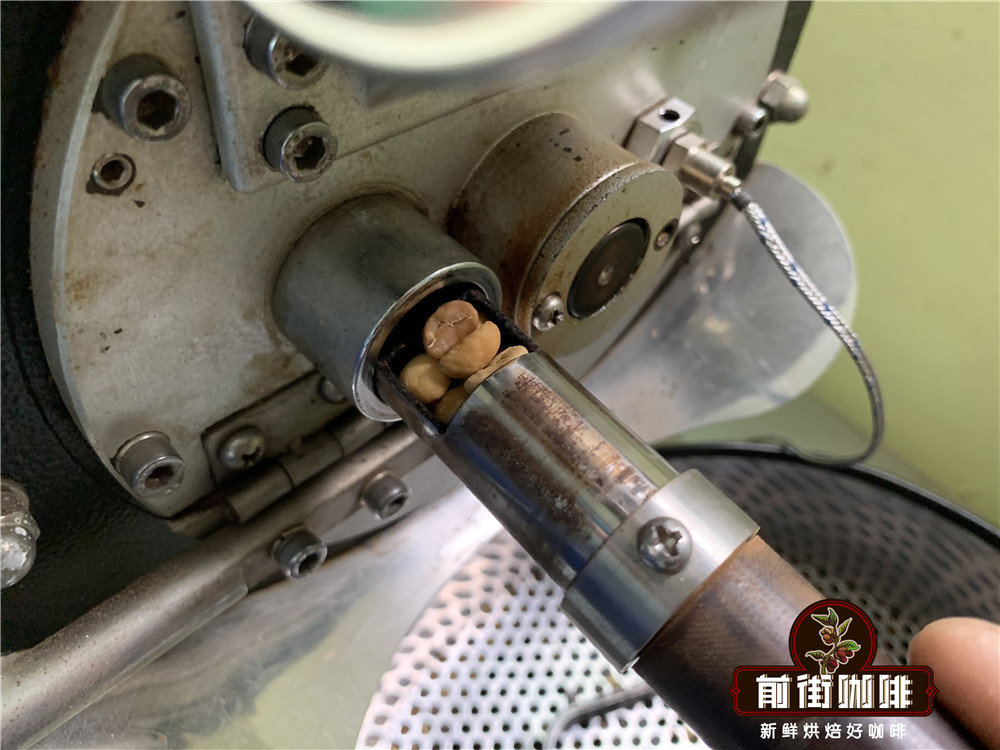
With the rapid development of boutique coffee in recent years, the quality of coffee raw beans is getting better and more stable. Qianjie noticed that today's coffee will more promote the flavor of clean taste and obvious acidity and sweetness, which leads to the popularity of shallow roasting. SCA, the American boutique coffee association, has developed a set of baking standards. There are a total of eight levels of baking, very shallow baking, medium baking, medium and deep baking, deep baking, heavy baking, and extreme deep baking.
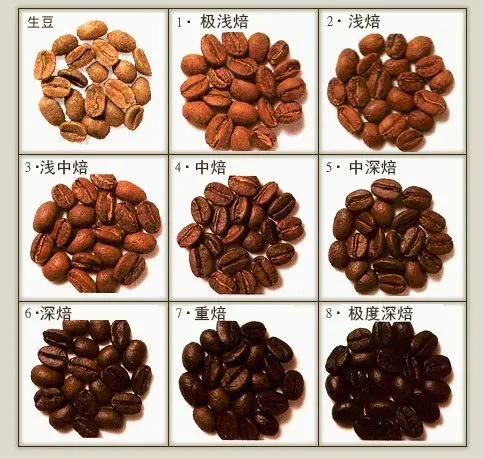
There are three common roasting degrees in the market: light roasting, moderate roasting and deep roasting, while the beans sold in Qianjie coffee are mainly light roasting and moderate roasting.
Shallow baking: rich fruit tonality, with sweet and sour flowers and fruit aroma, can feel strong acidity.
Medium baking: nutty, mainly aromas of caramel, cocoa and malt.
Deep baking: with a little bitterness of chocolate, low acidity, strong caramel, spice, wood and charcoal.
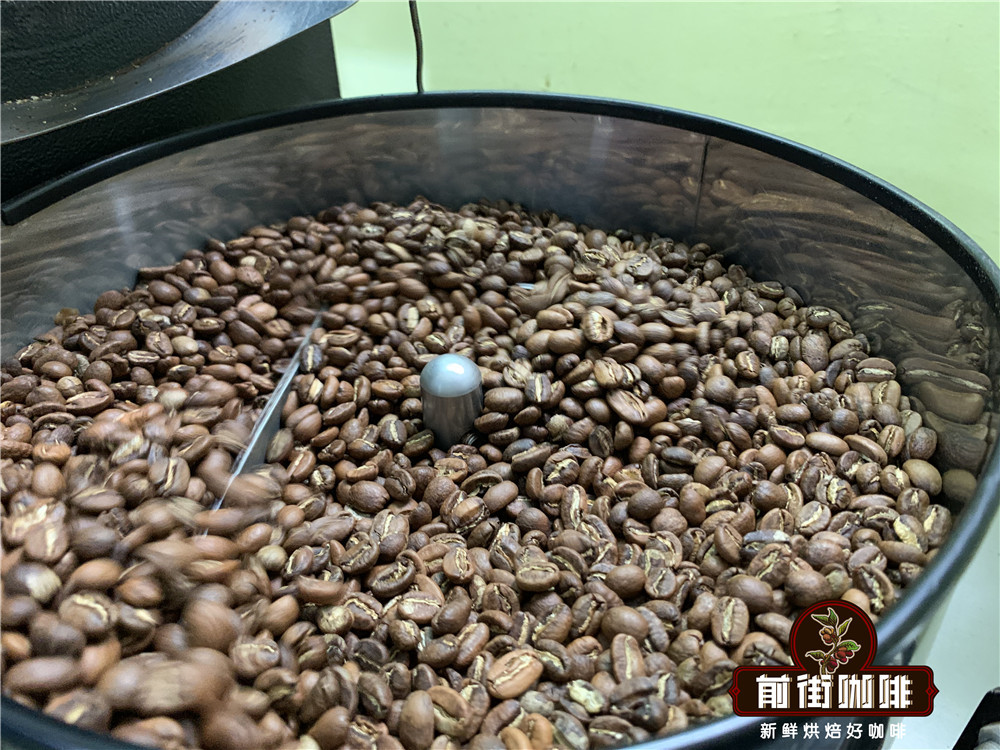
Lightly roasted coffee beans
When it comes to lightly roasted coffee beans, the first impression is that Ethiopia's Yega Chuefei, lightly roasted Yegashifi, can obviously highlight its fruit tonality. Qianjie believes that the washed Yejiachefi coffee beans have a bright and clean citrus acid, while sun-washed Yega Chefe increases the juice and sweetness on the basis of washing Yega Chefe. When cooking shallow roasted coffee beans in Qianjie, V60 filter cups are used. The rib design of the filter cup can improve the layering of the coffee.
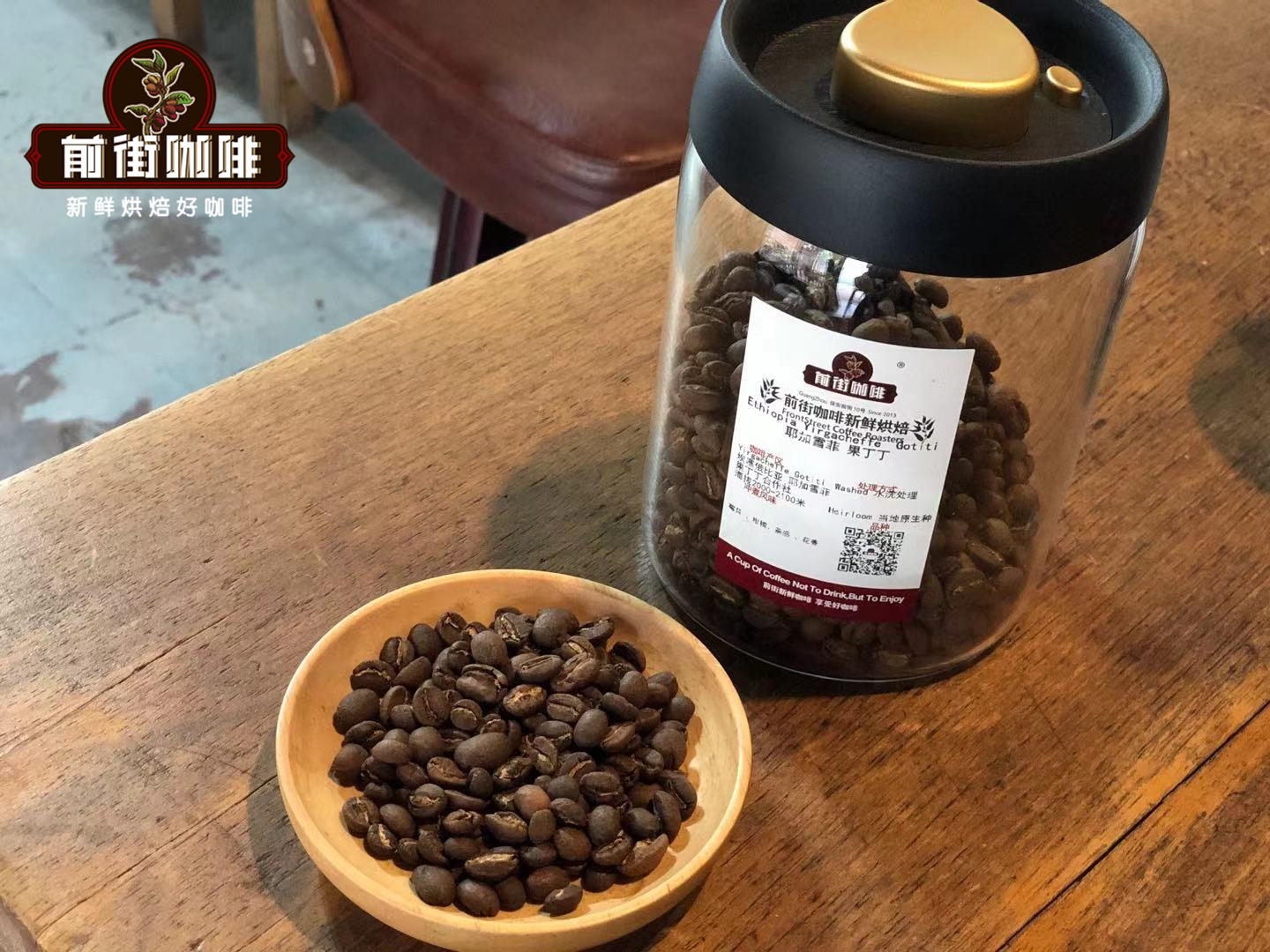
Qianjie Coffee-Ethiopian Guoding Cooperative Coffee beans
Producing area: Yega Xuefei Gedeo Zone producing area
Altitude: 1900-2300m
Variety: original species (Heirloom)
Treatment: insolation
Grade: G1
The method of brewing coffee in Qianjie
Filter cup: V60 # 01
Water temperature: 90-91 degrees
Powder content: 15g
Ratio of powder to water: 1:15
Degree of grinding: medium fine grinding / fine sugar size (20 sieve bowl sieve powder to 80%)
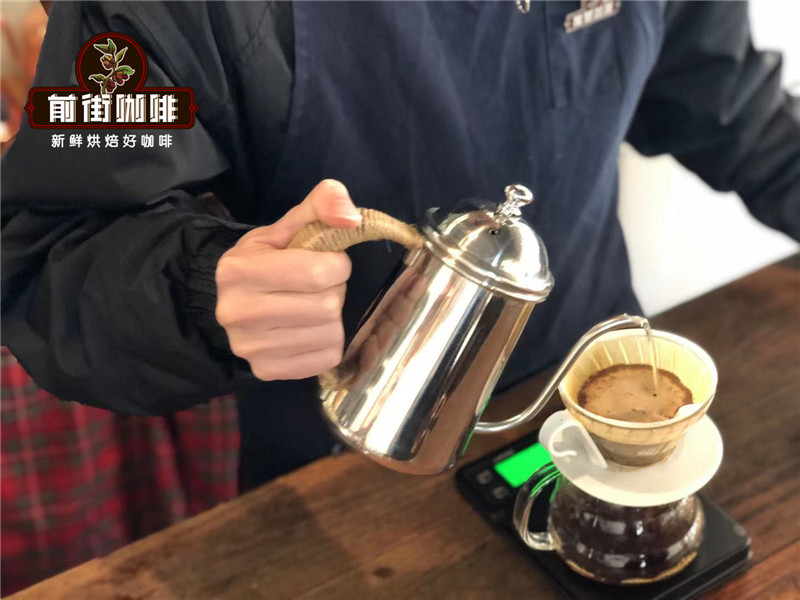
Qianjie uses sectional cooking. First, 30g water is injected for steaming for 30s. In the second section, 125g water is injected in a small circle in the center, the intensity of water injection is gentle and the tumbling strength of the powder layer is reduced as far as possible, and the flow speed falls at 4g per second. When the water level drops to 1 stroke 2 of the silt layer, the third stage of water injection begins, and the water injection in this section is also gently circled from the center to the end of 225g. Finish the extraction after all the coffee liquid in the filter cup has been dripped, and the time is 2pm. Shake gently after the coffee has been extracted, and then taste it after the coffee liquid is fully evenly distributed.
Fruit Ding coffee bean flavor: imported citrus, black tea, with the change of temperature, cream, caramel, almond aftertaste obvious and taste clean and sweet.
Moderately roasted coffee beans
Moderately roasted coffee beans emphasize its mellow coffee flavor in order to reduce the acidity. In general, the higher the degree of roasting, the looser the coffee beans will be (the substances will be continuously released during the roasting process) and will be more absorbent. In order to avoid the extraction of charred bitterness and other odors, Qianjie recommends that when brewing, the grindability of coffee beans will be adjusted accordingly (the passing rate of the standard sieve No. 20 is 70%. 75%) and the boiling water temperature will be reduced (88 °C-89 °C).
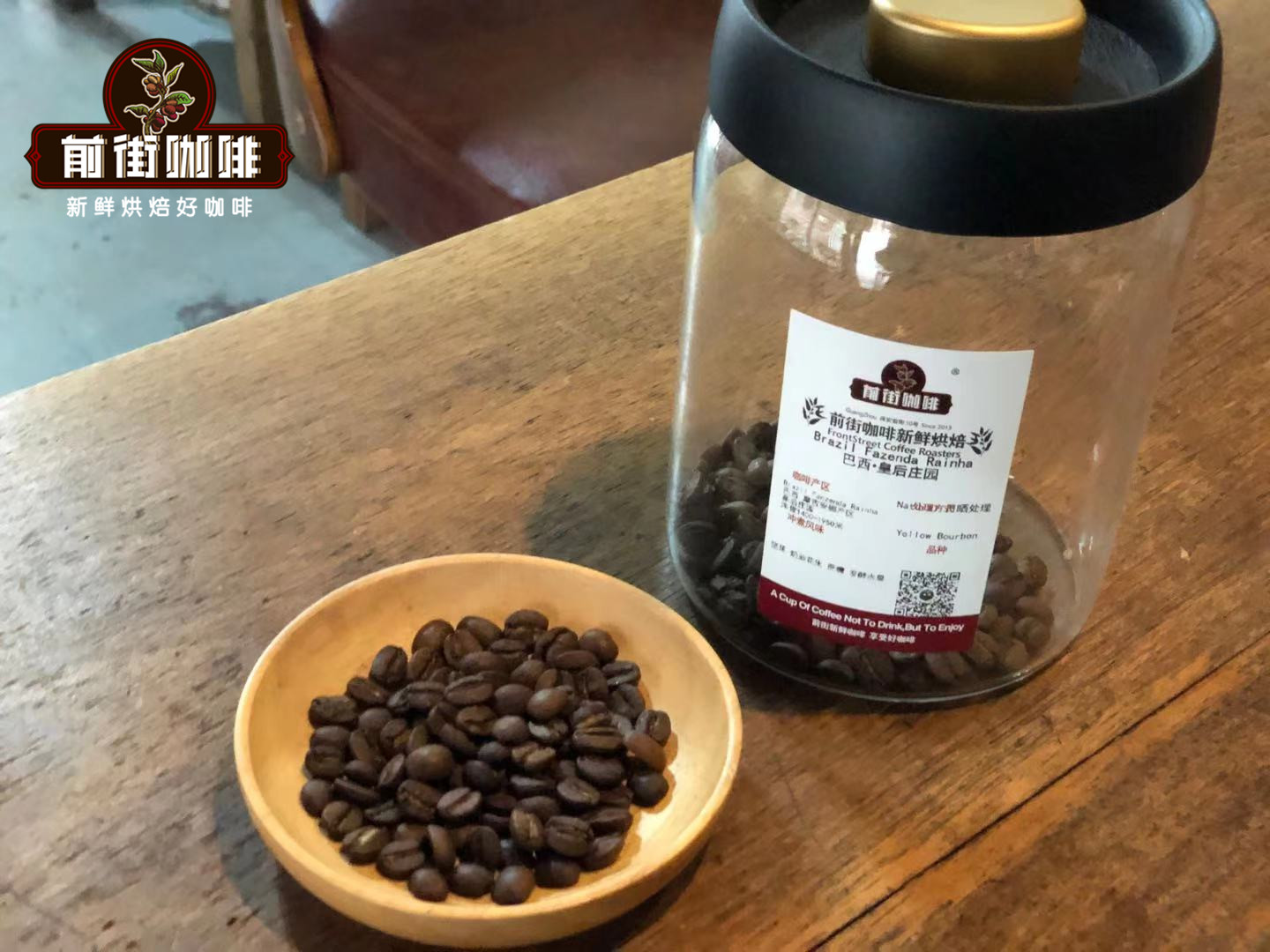
Front Street Coffee-Brazilian Queen's Manor Coffee beans
Producing area: Mojiana producing area, Brazil
Manor: Queen's Manor
Altitude: 1400-1950m
Variety: yellow bourbon
Treatment method: sun treatment
The method of brewing coffee in Qianjie
Filter cup: Kono famous family
Powder content: 15g
Water temperature: 88 ℃
Degree of grinding: medium grinding, 20 standard screen pass rate 75%
Gouache ratio: 1:15
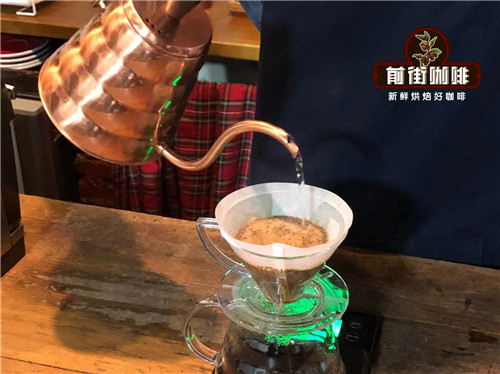
Qianjie three-stage cooking technique: first preheat the filter cup and the sharing pot. Pour in 15 grams of coffee powder and gently pat to make the coffee powder surface smooth. Start the first stage of water injection and inject 30 grams of water into the circle for 30 seconds. Ideally, the coffee powder is evenly watered, bulging an inflated "coffee burger". The second stage is injected 30 seconds later, the height of the water column is 3-5cm, and the center is injected 95 grams of water around the concentric circle. The total amount of water injection is 125g. Observe that the coffee liquid level should be all golden coffee foam. When the powder bed is about to be exposed, start the last stage of water injection, this section of water injection 100 grams, slowly draw a circle around the concentric circle, the flow is consistent. When all the coffee liquid from the filter cup flows into the next pot, remove the filter cup and end the extraction. The total duration is 2 minutes 05 seconds.
Brazilian yellow bourbon coffee bean brewing flavor: taste balanced, in the main tone of almond cocoa, highlight the sweetness of sugar, is a good fullness, sweet coffee.
Deep roasted coffee beans
Deep-roasted coffee beans are designed to highlight its rich, mellow and solid coffee flavor. Qianjie recommends that in the process of deep roasting coffee beans, use a water temperature of 86 °C and compare the degree of grinding with the thickness of brown sugar (70% of the 20 standard sieve). Qianjie coffee is currently the most deeply roasted is Indonesia's old Mantenin coffee beans.
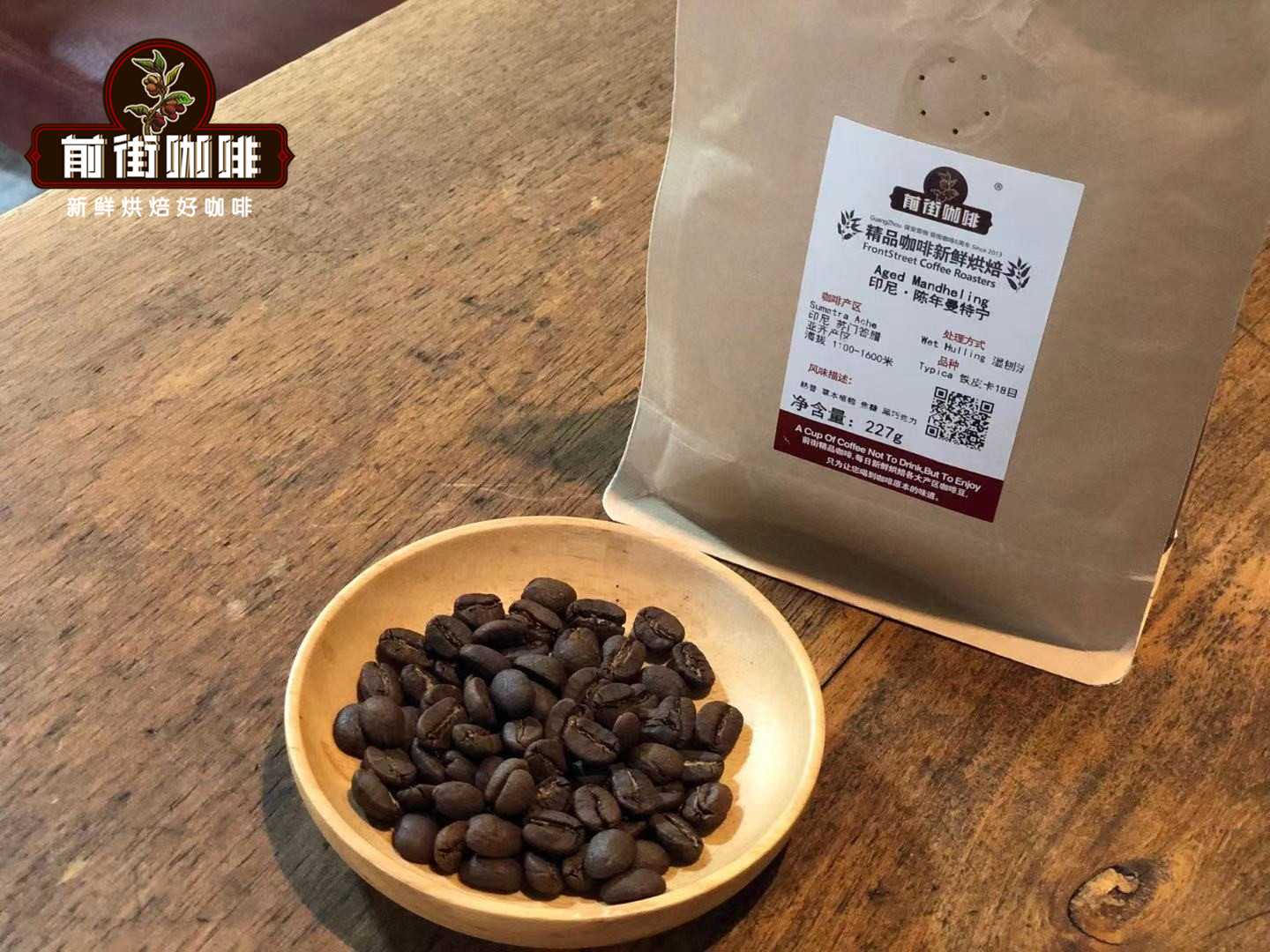
Qianjie Coffee-aged Mantenin Coffee beans
Producing area: Sumatra
Altitude: 1500 m
Variety: Kaddura, tin pickup
Treatment: old wet planing method
The method of brewing coffee in Qianjie
Filter cup: Kono famous family
Recommended water temperature: 86-87 degrees
Degree of grinding: medium and coarse grinding (the screening rate of No. 20 standard screen is 70%)
Ratio of powder to water: 1:15
Amount of powder: 15g
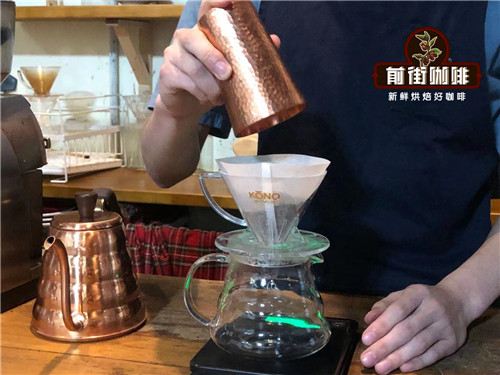
Qianjie coffee brewing technique: first inject 30g of water for steaming for 30s, when the coffee expands into a "hamburger" shape. The center of the second section is filled with 125g water in a small circle. The height of water injection is 4cm, the strength is gentle, and the tumbling strength of the powder layer is reduced as much as possible, and the flow speed falls at 4G per second. When the water level drops to 1 stroke 2 of the silt layer, the third stage of water injection begins, and the water injection in this section is also gently circled from the center to the end of 225g. Finish the extraction after all the coffee liquid in the filter cup has been dripped, and the time is 2pm / 39 / 07. Shake gently after the coffee has been extracted, and then taste it after the coffee liquid is fully evenly distributed.
Aged Mantenin coffee bean flavor: pine, malt, caramel aroma from the nostrils, taste less traditional Mantenin wild, more mellow and delicate, a kind of mature feeling, low acidity, taste with ripe, caramel, herbs, chocolate taste, full of sweetness.
For more boutique coffee beans, please add private Qianjie coffee on Wechat. WeChat account: kaixinguoguo0925
Important Notice :
前街咖啡 FrontStreet Coffee has moved to new addredd:
FrontStreet Coffee Address: 315,Donghua East Road,GuangZhou
Tel:020 38364473
- Prev

What is the correct way to drink standard American coffee? Is the ratio of authentic American coffee to water pure black?
Professional coffee knowledge exchange more coffee bean information please follow the coffee workshop (Wechat official account cafe_style) generally speaking, life in the United States is relatively busy and tense, often a large pot of DripCoffeeMarker coffee, from morning to night, because the water is too much
- Next
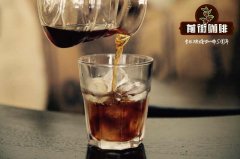
How do you get the flavor of coffee? Does the water quality of brewing coffee have any effect on coffee?
Professional coffee knowledge exchange more coffee bean information Please pay attention to the coffee workshop (Wechat official account cafe_style) which factors determine the flavor? People should be very vague about the word flavor. What on earth is good coffee? To put it more simply, who has the final say that coffee tastes good? I actually think the answer is "it's up to you" and "it's up to everyone."
Related
- Beginners will see the "Coffee pull flower" guide!
- What is the difference between ice blog purified milk and ordinary milk coffee?
- Why is the Philippines the largest producer of crops in Liberia?
- For coffee extraction, should the fine powder be retained?
- How does extracted espresso fill pressed powder? How much strength does it take to press the powder?
- How to make jasmine cold extract coffee? Is the jasmine + latte good?
- Will this little toy really make the coffee taste better? How does Lily Drip affect coffee extraction?
- Will the action of slapping the filter cup also affect coffee extraction?
- What's the difference between powder-to-water ratio and powder-to-liquid ratio?
- What is the Ethiopian local species? What does it have to do with Heirloom native species?

